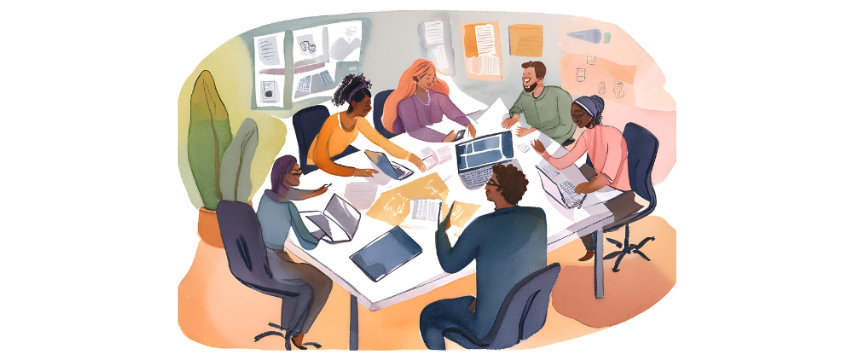Empathy Skills in Management
Empathy skills in management are not just a “nice-to-have” soft skill—they are a foundational element of successful, modern leadership. In today’s business landscape, managers are expected to build trust, resolve conflicts, and motivate diverse teams to collaborate and innovate. This requires more than technical expertise; it calls for emotional intelligence, compassion, and the ability to see the workplace through others’ eyes.
What Are Empathy Skills in Management?
Empathy skills in management refer to a leader’s ability to understand employees’ feelings, perspectives, and circumstances, then respond in a supportive, meaningful way. This includes active listening, patience, open communication, and genuine concern for others’ well-being. Managers who master empathy can identify hidden obstacles, encourage solution-focused thinking, and ensure that employees feel valued and understood.
Why Is Empathy Important in Management?
Empathetic leadership has a measurable impact on workplace outcomes:
- Builds trust and rapport, making teams more loyal and resilient
- Enhances communication and reduces misunderstandings, especially during periods of change
- Improves team morale and engagement, resulting in better retention and productivity
- Creates a positive work environment where employees feel safe sharing ideas and feedback, driving innovation
Research from organizations like Catalyst shows that employees with empathetic managers are more creative, collaborative, and able to cope with stress and uncertainty. Studies analyzing thousands of managers revealed that those rated highly for empathy were also viewed as higher performers by their superiors, proving that empathy isn’t just good for people—it’s good for business.
Empathy Skills as a Management Strategy
Empathy isn’t an isolated trait but a core component of organizational empathy strategies. Companies investing in empathy workshops and leadership empathy skills foster more adaptable, emotionally intelligent teams. These initiatives help managers tune into employee concerns, personalize feedback, and support professional growth.
Three Key Empathy Competencies for Managers
- Active Listening: Giving team members undivided attention, paraphrasing concerns, and responding thoughtfully
- Nonjudgmental Awareness: Understand issues without rushing to criticism or hasty solutions, creating a psychologically safe space
- Constructive Support: Offering encouragement and tailored feedback that addresses both emotional and practical needs
Conclusion
Empathy skills in management are powerful tools that transform teams, drive engagement, and create workplaces where talent can thrive. Through empathy workshops and intentional organizational empathy strategies, leaders can cultivate cultures of trust, adaptability, and creativity—unlocking sustainable success.



